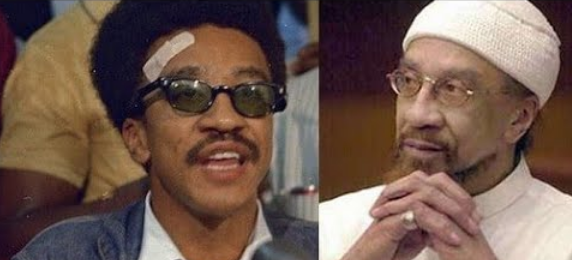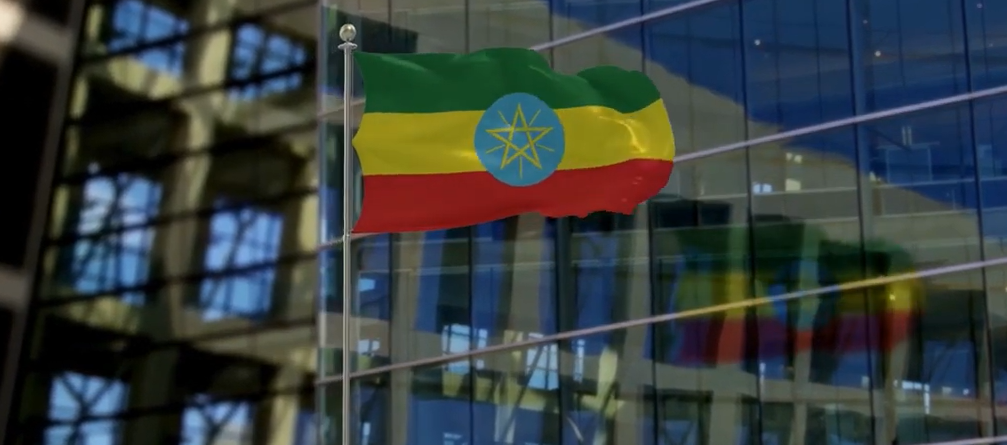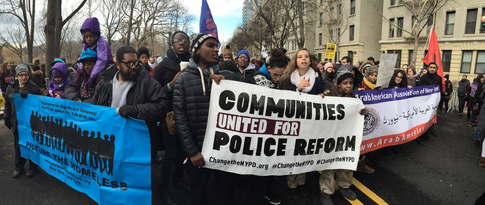By FAIR
Photos: FAIR\YouTube Screenshots
The bodies of over 300 people were discovered in a mass grave at the Nasser medical complex in Khan Younis, a Gaza city besieged by Israeli forces. The discovery of these Palestinian bodies, many of which were reportedly bound and stripped, is more evidence of “plausible” genocide committed by Israel during its bombardment of Gaza. Over 34,000 Palestinians have died thus far, with more than two-thirds of the casualties being women and children (Al Jazeera, 4/21/24).
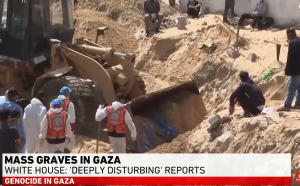
Yet this discovery prompted few US news headlines, despite outlets like the Guardian (4/23/24), Haaretz (4/23/24) and Reuters (4/23/24) covering the story. Instead, headlines relating to Palestine have predominantly focused on protests happening at university campuses across the country—an important story, but not one that ought to drown out coverage of the atrocities students are protesting against.
Israel’s Haaretz noted that
emergency workers in white hazmat suits had been seen digging near the ruins of Nasser Hospital. They reportedly dug corpses out of the ground with hand tools and a digger truck. The emergency services said 73 more bodies had been found at the site in the past day, raising the number found over the week to 283.
The bodies included people killed during the Israeli siege of Khan Yunis, as well as people killed after Israel occupied the medical complex in February (Guardian, 4/22/24). They were found under piles of waste, with several bodies having their hands tied and clothes stripped off (UN, 4/23/24; Democracy Now!, 4/25/24). Similar mass graves, containing at least 381 bodies, were found at Gaza’s Al-Shifa hospital after Israel withdrew from occupying that complex on April 1 (CNN, 4/9/24).
The discovery of these mass graves “horrified” UN rights chief Volker Turk (Reuters, 4/23/24). But it has yet to prompt so strong a reaction from several major US news outlets.
Limited response
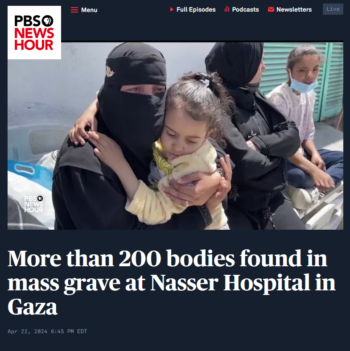
PBS NewsHour (4/22/24)
In comparison to the widespread coverage from international outlets, the US response has been limited at best. Newsweek (4/23/24) published an article that included claims from the IDF that the deaths were a result of a “precise” operation against Hamas near Nasser Hospital:
About 200 terrorists who were in the hospital were apprehended, medicines intended for Israeli hostages were found undelivered and unused, and a great deal of ammunition was confiscated.
The article centered on the US response to the reports of mass graves. Along with CNN (4/23/24), Newsweek included quotes from the IDF that called reports of mass burials of Palestinians by the Israeli army “baseless and unfounded.” Rather, the IDF said, they were merely exhuming the bodies to verify whether or not they were Israeli hostages.
The Washington Post (4/23/24) relegated the news to a small section of their live updates feed: “UN Calls for Investigation of Gaza Mass Grave; IDF Says It Excavated Bodies.”
CNN and PBS (4/22/24) both published relatively well-rounded reports of the discovery, noting reports of 400 missing people and allegations of IDF soldiers performing DNA tests on the bodies, along with accounts of people still searching for their loved ones amidst the rubble. CNN released an update April 24:
At least 381 bodies were recovered from the vicinity of the complex since Israeli forces withdrew on April 1, Gaza Civil Defense spokesperson Mahmoud Basal said, adding that the total figure did not include people buried within the grounds of the hospital.
The update was also released to CNN‘s Meanwhile in the Middle East newsletter.
As FAIR (11/17/23, 2/1/24, 4/17/24) has repeatedly noted, coverage of the war has widely been from an Israel-centered perspective. The CNN and PBS articles, however, along with an NBC video, prominently included quotes from Palestinians searching for family members.
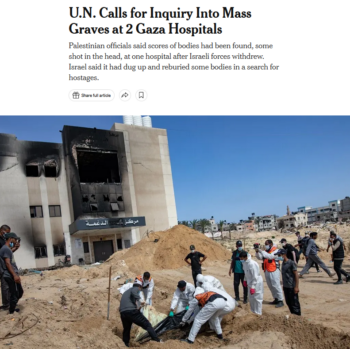
New York Times (4/23/24)
The same cannot be said for outlets like the Washington Post and New York Times, who cited sources from the UN and the Palestinian Civil Defense—a governmental organization that operates under the Palestinian Security Services—but didn’t include additional first-hand accounts from Palestinian civilians.
The Times said that “it was not clear where the people discovered in the mass grave were originally buried.” It didn’t mention that several family members of the deceased remembered where they buried them, but were no longer able to find them, they said, due to IDF interference (CNN, 4/23/24):
Another man, who said his brother Alaa was also killed in January, said: “I am here today looking for him. I have been coming here to the hospital for the last two weeks and trying to find him. Hopefully, I will be able to find him.”
Pointing to a fallen palm tree, the man said his brother had been temporarily buried in that spot.
“I had buried him there on the side, but I can’t find him. The Israelis have dug up the dead bodies, and switched them. They took DNA tests and misplaced all the dead bodies.”
Playing catch-up
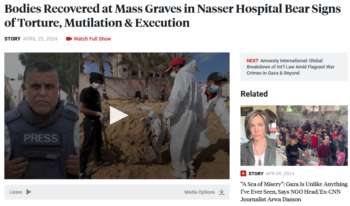
Democracy Now! (4/25/24)
As mentioned above, US news outlets have had considerable coverage of pro-Palestine university protests, particularly since April 18, when more than 100 demonstrators were arrested at New York’s Columbia University (FAIR.org, 4/19/24). News of these protests have dominated US headlines since (e.g., Wall Street Journal, 4/25/24; AP, 4/25/24; The Hill, 4/24/24); while the discovery of mass graves just a few days later has received next to no coverage in comparison. In the case of the New York Times, for instance, they published just two stories (4/23/24, 4/25/24) about the mass graves since the news broke on April 21, while publishing seven stories about the campus protests in the span of two days.
The New York Times has been telling writers not to use words like “genocide” and “ethnic cleansing” to describe the violence in Gaza, a leaked internal memo revealed (Intercept, 4/15/24; FAIR.org, 4/18/24). Accordingly, the Times used the phrase “wartime chaos” to explain the mass graves, as if they were merely a side effect of war, not the result of intentional bombing campaigns.
While some prominent US media outlets are beginning to report on this discovery (ABC, 4/25/24; AP, 4/23/24; HuffPost, 4/24/24), they are playing catch-up with their international counterparts, whose reporting makes up a majority of search results on Google. Even articles that do appear on the first page rely heavily on reports from official spokespeople (e.g., Spectrum News, 4/23/24; The Hill, 4/23/24).
The UN’s Turk (4/23/24) has called for an independent investigation into the mass graves, saying “the intentional killing of civilians, detainees and others who are hors de combat is a war crime.” Corporate news outlets have been quick to note that the claims of bodies being found with their hands tied “cannot be substantiated,” despite consistent reports from both Palestinian officials and the office of the UN high commissioner for human rights about the condition of the bodies.

